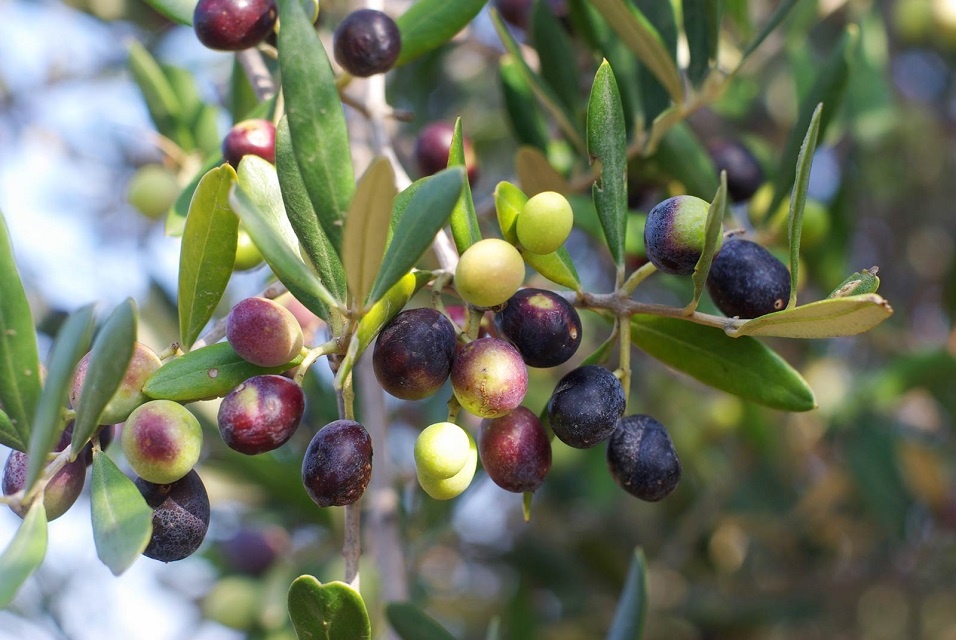
Provence, history of the olive tree
ild olive tree first appeared on earth in prehistoric times, with fossilized olive leaves dating back to 37,000 years old in Crete. The cultivation of the olive tree would have started in Crete between 5000 and 3500 BC and then spread all around the Mediterranean. It was probably introduced in Provence by the Phocaeans, at the same time as lavender and vines.
« Here grows a blessed tree, an immortal, invincible tree, terror of enemy armies, food for our city, the olive tree with silver leaves, the child of Athena with green eyes. »
Sophocle
The olive tree is a divine gift, born from the thought of a goddess. Indeed, Greek mythology attributes the appearance of the olive tree to a quarrel between Athena, goddess of wisdom, and Poseidon, god of the sea. Both wanted to own the largest city in Greece. To decide between them, Zeus offered to make a donation to humanity. Poseidon brandished a trident and sent forth from a rock a horse and a whole army destined to conquer new lands. Athena brought up an olive tree with ripe fruit and won the city that still bears her name, Athens.
Among the Greeks, the olive tree symbolized peace, wisdom, longevity, as well as strength. The clubs of Herakles were carved out of olive wood, and it was with an olive wood stake that Ulysses slaughtered the Cyclops.
A tree with a gnarled trunk and silvery foliage, the wild olive tree leaves its roots again and again, earning it the nickname of the Eternal Tree. It is a sacred tree also among Christians, since it is the first tree that emerged from the waves, to signal to Noah that the flood was over and that life could resume on earth. Like the harvest, the olivades, the olive harvest, are the occasion of festivals. Olive oil, like wine, has its “grape varieties” and its soils. It is readily said to be the elixir of youth.

